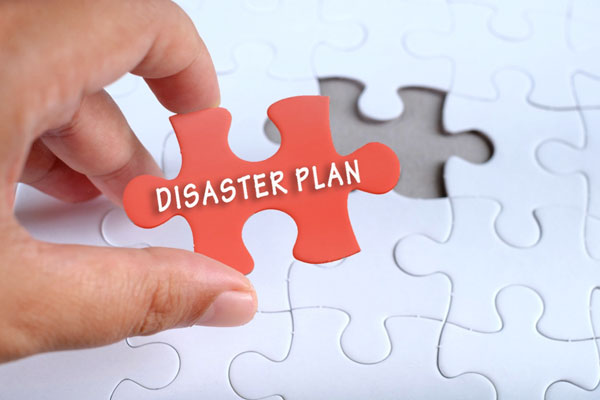 Business continuity and disaster planning is critical for every organization that wants to remain open and operating in the aftermath of an emergency situation.
Business continuity and disaster planning is critical for every organization that wants to remain open and operating in the aftermath of an emergency situation.
We can’t necessarily know what emergencies will befall us, and the disaster may not take the form we expect. After all, who could have predicted a year ago that a pandemic would completely upend workplaces worldwide and lead to an economic collapse this year? But smart organizations and agencies are always prepared for unforeseen events.
Where do electronic records fit into disaster recovery, crisis planning and response? In fact, electronic records are critical to business continuity. Teams cannot do their jobs if they cannot access the records and documents vital to their work. Making those records available under a wide variety of circumstances is the only way to ensure business continuity.
1: Make sure you store records (or copies) offsite.
If a fire or natural disaster strikes the office, it can damage or even destroy any records stored onsite. Preserving records or duplicates of key records offsite can ensure work can continue after the disaster. The U.S. National Archives and Records Administration (NARA) runs a series of Federal Records Centers and also allows agencies to use approved commercial records storage facilities as well to store important records off-site.
2: Store records in the cloud.
Even better than storing analog records off-site: convert analog records to electronic format and store with a secure cloud host (like Amazon GovCloud). Even if the emergency situation doesn’t damage physical records, something like the COVID-19 pandemic – which has prevented workers from entering the workplace – means those records may be rendered inaccessible. By contrast, authorized users with approved access rights can work with cloud-based records from anywhere.
3: Use a “disaster-ready” Electronic Records Management (ERM) system.
Not all ERMs are made equal, and many lack key features that would make them work well in a disaster situation. For instance, the ERM needs to ensure that government records remain secure and private at all stages of their normal workflow, even if agency employees are accessing the files from home. A disaster will not free agencies from complying with all applicable records management regulations.
4: Prepare employees.
In some disaster scenarios, it’s employees, rather than the records themselves, that may prove to be the weak link. All the preparation in the world will do no good if employees don’t know how to access or properly handle records in the emergency situation. Personnel need to be trained to work with all records – electronic and analog.
5: It’s not too late! Do now what you haven’t done already.
Ideally, agencies will prepare for the emergency situation before it strikes, but we don’t always live in an ideal world. If your team needs additional training or support in working with records remotely (#4), or if you find your ERM isn’t well-suited to current working conditions (#3), now is the time to fix those issues. Taking appropriate steps now will help your agency and team navigate emergencies with greater ease and agility than if you waited.
About PSL
PSL is a global outsource provider whose mission is to provide solutions that facilitate the movement of business-critical information between and among government agencies, business enterprises, and their partners. For more information, please visit https://www.penielsolutions.com or email info@penielsolutions.com.

